
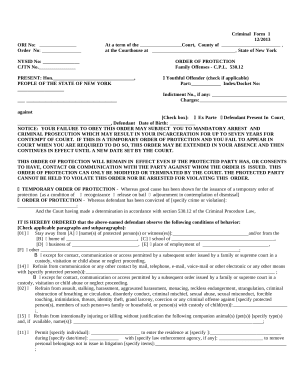
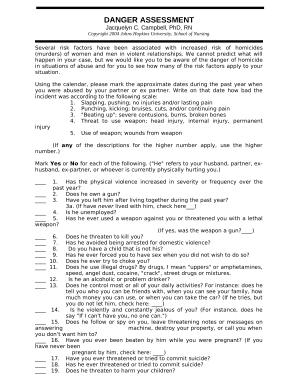
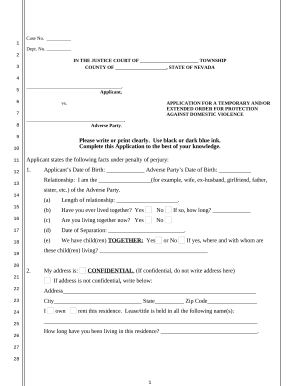
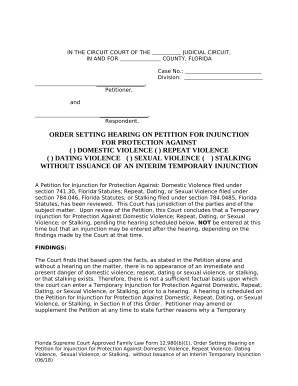
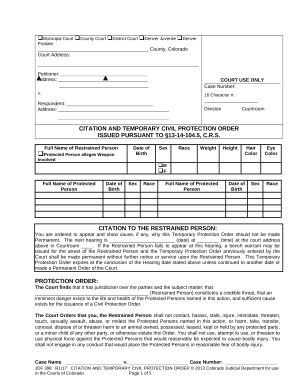
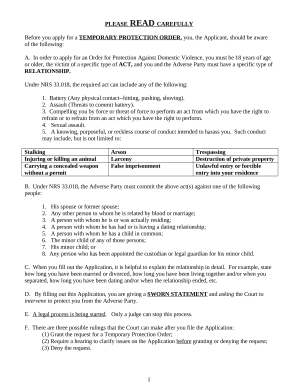
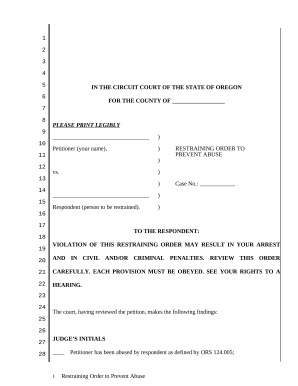
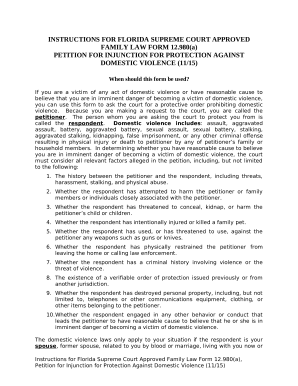


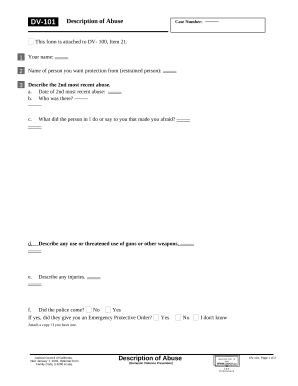


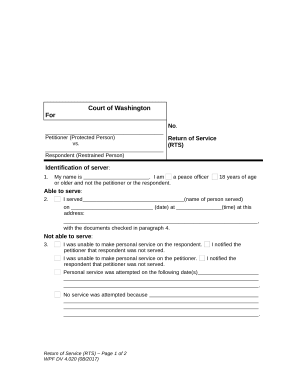
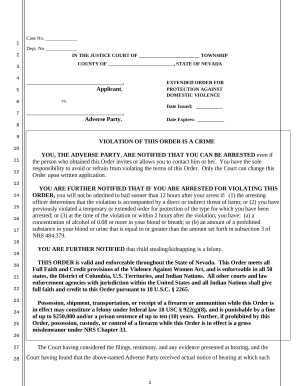
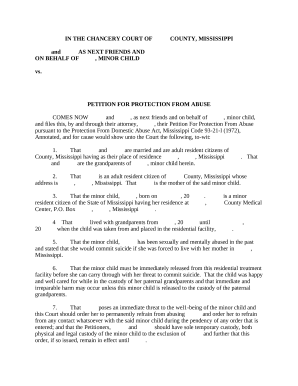
Document administration can overwhelm you when you can’t find all the forms you need. Fortunately, with DocHub's extensive form categories, you can find everything you need and quickly manage it without changing between software. Get our Domestic Violence Protection and start utilizing them.
How to use our Domestic Violence Protection using these basic steps:
Try out DocHub and browse our Domestic Violence Protection category easily. Get a free account right now!